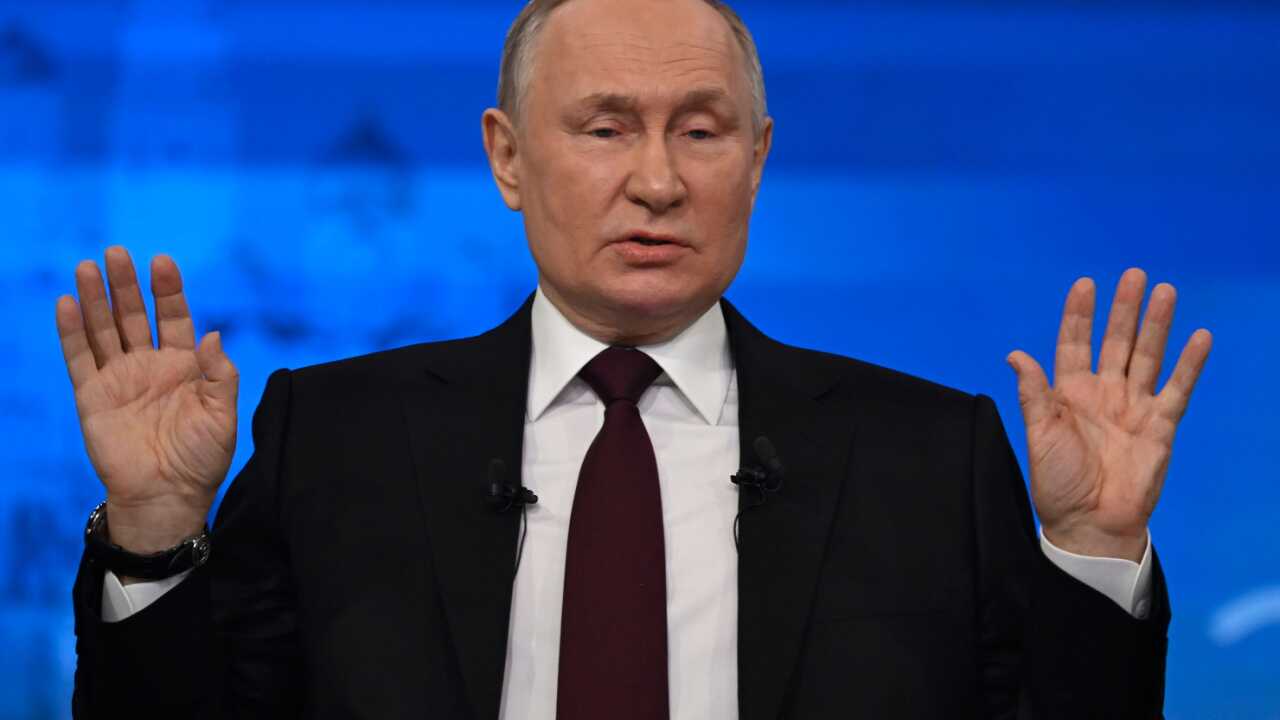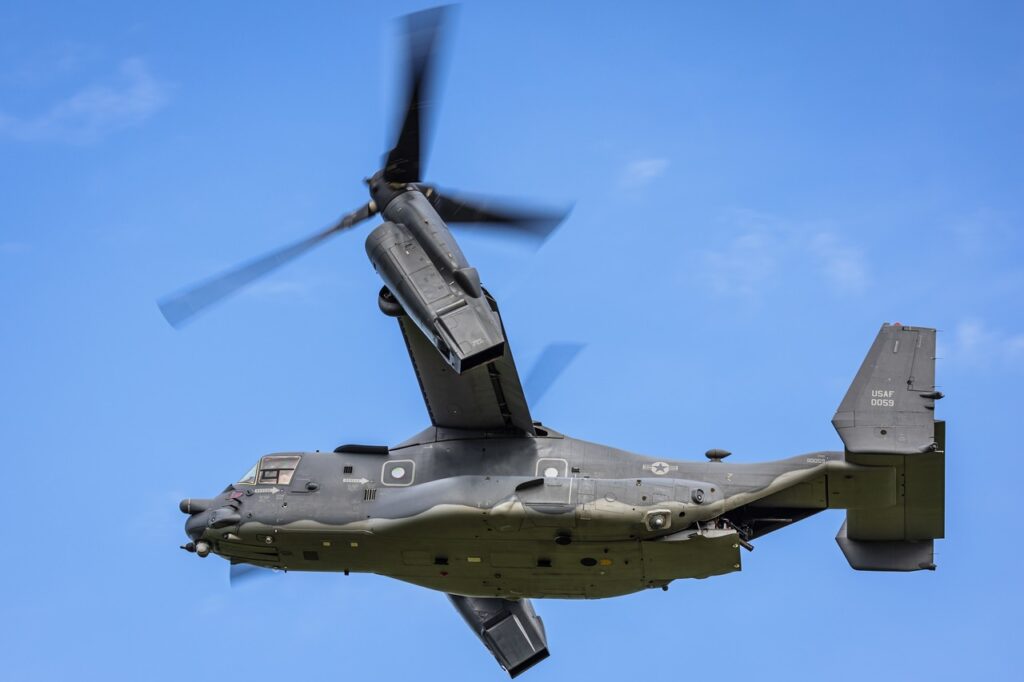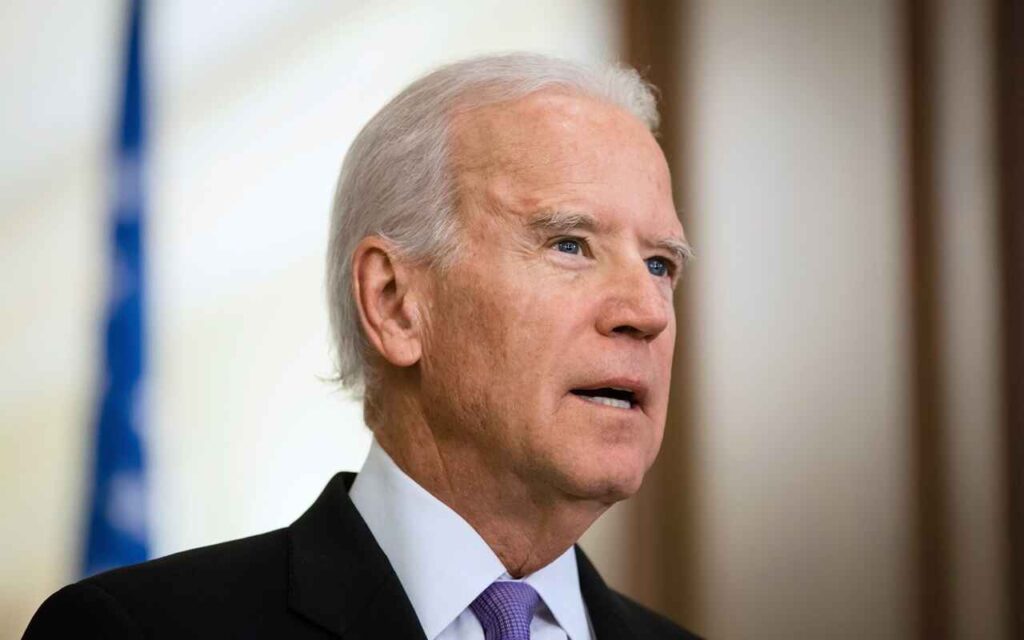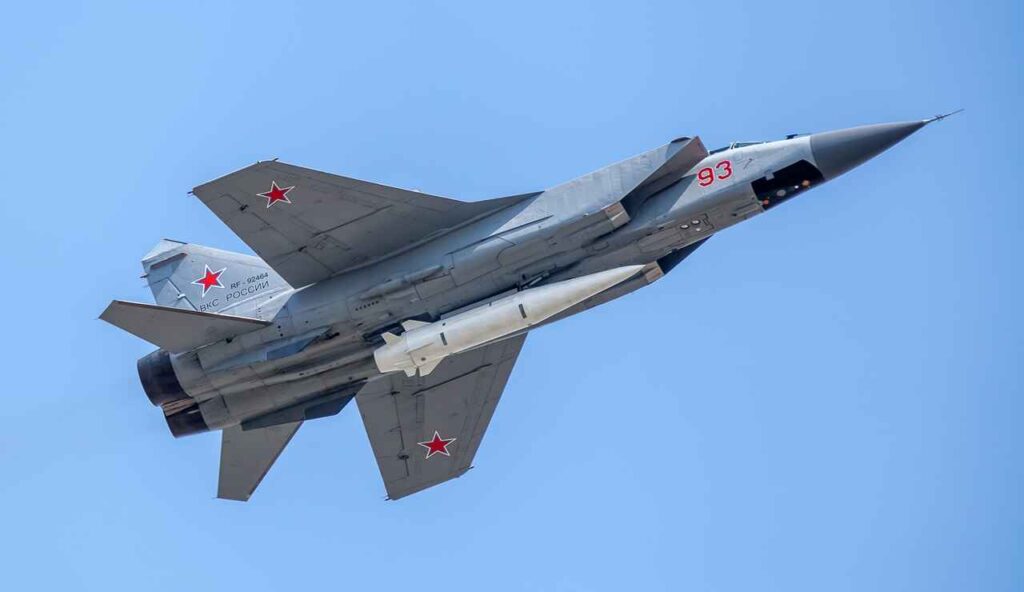
Russia’s Lost Decade
The stunning collapse of Moscow’s client regime in Syria after a prolonged intervention in the country is a major blow to the Kremlin’s ability to influence global affairs. Yet even as Russian troops advance through Ukraine nearly three years after the initial invasion, the conflict’s long-term price for Russia’s power projection across Eurasia is potentially more devastating than the collapse of Moscow’s Syrian satrap.
Squandered Dividends
One of Putin’s early successes, which gained him international respect, was a consolidation of Russia’s fiscal situation, ending the hyperinflation that had gripped the country in the 1990s. After instituting a flat tax, the Kremlin created a system of sovereign wealth funds in the early 2000s to create reserves and balance the federal budget as Putin moved to reassert national control over Russia’s vast hydrocarbon reserves. Years of soaring commodities prices filled the fund’s coffers with heavy reserve currencies, allowing the Russian state to keep relatively low levels of debt.
The depletion of Russia’s Sovereign Welfare Fund as a result of the war is a serious blow to Russia’s economic influence. Before, Moscow had attempted to use it to woo Kyiv into its trade bloc in 2013. On the eve of the invasion, the fund had liquid assets totaling $114 billion. The fund is now rapidly depleting, with some analysts concluding that Russia is using sleight of hand to inflate the perceived value of remaining assets in the fund and ultimately risks bankruptcy in the medium term.
Putin also put the country’s reformed finances to work in the early 2000s in a bid to improve the country’s demographics, funding maternity payments to families. These efforts were, for an industrialized society, moderately successful. Russia’s fertility rate was 1.2 in 2000. By 2015, it had reached 1.78. On the eve of the invasion, it was 1.4, roughly on par with the EU average. Nearly three years later, estimates by the BBC’s Russian service calculated that somewhere between 140,000 and 170,000 Russians, overwhelmingly men, had been killed in the war as of October 2024, with the number of injured in the hundreds of thousands.
The impact of the war on Russia’s demographics will likely be drawn out over several decades, as was the impact of World War II on the Soviet Union. Still, the killing and maiming of hundreds of thousands of men in child-bearing years is a catastrophe for the country’s aging population and a blow to the gains that were made by the previous two decades of Putin’s pro-natalist policies.
Innovation Stagnation
In July 2024, Arkady Volozh, the founder of Yandex, Russia’s most successful internet company, fled Russia after divesting himself of all assets in the country, taking with him hundreds of specialists and a plan to build Europe’s most powerful artificial intelligence systems in the Netherlands. He had made the mistake of criticizing the war and was labeled a traitor by the Kremlin.
Volozh’s departure is just the latest episode in the Kremlin’s failure to move toward an innovative economy and shift away from commodities exports. The Cold War’s legacy of competition in science and technology left Russia with a large number of engineering and applied science institutes scattered across the vast land mass. This highly educated workforce, if paired with the federation’s abundant natural resources, could have developed an innovative economy attuned to global competition. The former Soviet republics might have remained in Moscow’s orbit. Nevertheless, Russia’s higher education system has expanded into Central Asia and the Caucasus over the past two decades, opening up affiliate branches. Meanwhile Moscow continues to educate tens of thousands of Central Asia’s future elites at Russian universities.
The massive windfall of commodities rents that began in the early 2000s, combined with the aforementioned Cold War legacy, could have been used to carefully craft Russian companies through import substitution and slowly build national champions to compete in the global marketplace. These were the policies that South Korea and Taiwan successfully pursued in the post-war period, moving them from former Japanese colonial territories to the vanguard of the electronics revolution. Russia’s sophisticated state-sponsored hacking groups could have expanded beyond traditional political and military targets to include full-spectrum industrial espionage, as practiced by Beijing.
Instead, Russia is now left struggling to implement import substitution with dwindling resources and a continuing brain drain. Russia was developing a competitive information security sector in the 2010s, with firms such as Kaspersky and Group-IB gaining a large number of international clients. However, the arrests of the Group-IB founder in 2021 and a senior Kaspersky researcher for treason in 2017 demonstrate that the free market remains subservient to the Kremlin’s capricious whims.
The World Intellectual Property Organization’s 2023 Global Innovation Index estimated that, relative to GDP, Russia’s performance is below expectations for its level of development, placing it fifty-first among 134 economies surveyed. This is in stark contrast to the position of China, which was placed at twelfth: Beijing’s aggressive industrial policy, combined with a healthy dose of the aforementioned industrial espionage, has paid enormous dividends as Beijing’s exports now compete with the industrialized world from electronics through automobiles.
Moscow has claimed to have succeeded in developing domestic technology necessary to equip the country’s increasingly sophisticated and invasive internet censorship and surveillance system. Nevertheless, a 2022 government plan to develop the domestic production of microelectronics and computer chips admitted that the country is ten-to-fifteen years behind the rest of the world in terms of products. Recent reporting indicates that much of the hope now lies in building such technologies in cooperation with China as well as finding creative ways to bypass sanctions.
This is reflected in other industries: Moscow’s industrial plans, published in the aftermath of the invasion, to have every 80 percent of cars sold be domestically manufactured by 2035 will be even more challenging as Russians have swapped previously imported cars from Europe and East Asia for Chinese manufactured cars, which now constitute 54 percent of the Russian market, according to industry analysts.
A Fading Eurasian Dream
While much analysis of the Ukraine war in broader Eurasia has focused on how the prolonged conflict is decreasing Moscow’s ability to determine security affairs in the Caucasus and Central Asia, in particular the subsequent war between Armenia and Azerbaijan, recent developments have also cast doubt on the potential for Putin’s pet project, the Eurasian Economic Union (EEU), to expand further in Eurasia.
Russian prime minister Mikhail Mishustin met with Uzbek president Shavkat Mirzieyev in September 2024, likely in an effort to lobby Tashkent to formally join the EEU. Nonetheless, Akmal Saidov, the vice speaker of the lower house of the Majlis, Uzbekistan’s Parliament, announced in late October that after a careful review of thousands of documents, the country would remain an observer and not seek formal membership, highlighting the role of sovereignty in the country’s post-Soviet constitution as well as how little economic benefit Kazakhstan has received from membership in the EEU.
The decision of the most populous post-Soviet Central Asian state not to seek formal membership is a major blow to the EEU, as Putin himself had publicly lobbied Tashkent to join in May 2024 during a visit to the country, underscoring that the landlocked country could benefit logistically from the trade bloc’s access to ports.
The reelection of pro-Russian oligarch Bidzina Ivanishvili in Georgia in an election riddled with irregularities, followed by announcements of a suspension of EU accession talks, may give Russia further potential to lobby Tbilisi into joining Moscow’s trade bloc. Pro-EEU economists have already made arguments about the potential benefits of accession to the Eurasian Union in pro-Russian outlets, claiming that membership would lead to investment in logistics infrastructure, while Austrian railway companies complained in late 2023 that Georgian government tenders were suddenly changed to only allow railway components that conform to the EEU’s railway standards to compete for projects to supply electric locomotives.
Yet the propaganda and efforts to gain access to Georgia’s railways highlight the largest problem inherent to the EEU. It is a commodities corridor, not a linchpin of the twenty-first-century knowledge economy. In Moldova, a country traditionally heavily dependent on Russia’s economy, which received EEU observer status in 2017, not a single candidate for president in the country’s recent elections mentioned the EEU and a referendum on European Union membership passed, despite efforts by Russia to bribe hundreds of thousands of voters via Ilan Shor, a pro-Russian oligarch who lives in exile after being accused of stealing $1 billion from the country’s financial system. Tajikistan has avoided even obtaining observer status despite a decade of pressure from Russia.
None of these faults register with Putin, who nonetheless continues to trumpet the EEU as a major economic center in a multi-polar world. This reflects a broader problem with Putin’s mentality. Throughout his quarter-century in power, Putin has evolved from technocrat and fiscal reformer to national conservative and, finally, to neo-imperial gatherer of Russian lands. However, he has never truly donned the mantle of a modernizer. The failure to present Russia as a modernizing model to its former satellites is proving fatal to all of his efforts to keep post-Soviet Eurasia oriented around Moscow over the next decade.
Luke Rodeheffer is the founder and CEO of Alpha Centauri, a cyber security and due diligence firm.
Image: Miss.Cabul / Shutterstock.com.


